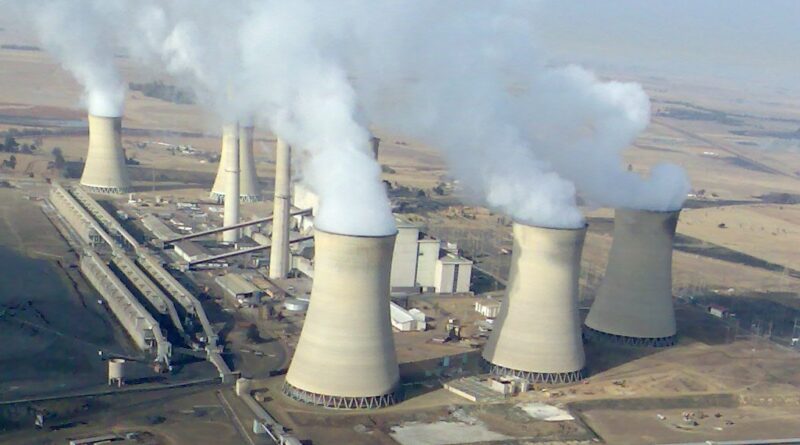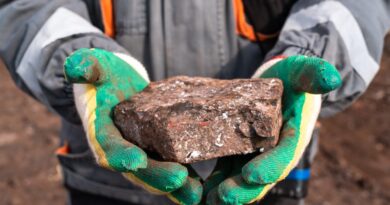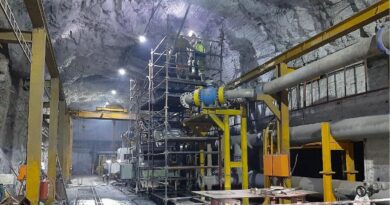Eskom power stations tripped 711 times in 2020
Eskom has reported that it used 130% more fuel oil than anticipated for coal-fired power stations during the 2020 financial year. Heavy fuel oil is used to start up and shutdown coal fired power stations. The number of starts required depends on the number of outages – either planned or unplanned – and the number of trips at the units of a station.
Start-up fuel-oil contributed R2.2 billion to the RCA, the application showed. Eskom’s start-up fuel oil costs account for about a quarter of the R8.4 billion it seeks to claw back.
“The number of unplanned outages and trips were significantly higher in the FY2020 than what was anticipated at the time of the 2020 application and determination. Hence the use of fuel oil increased significantly as well,” the report read.
The allowable litres for the financial year 2020 application was 227 million litres, but Eskom ended up using 525 million litres. Eskom highlighted that the cost of fuel is driven by the US dollar price, therefore it is beyond the utility’s control. “The price of oil and the rand-dollar exchange rate [are] very volatile and difficult to predict into the future with accuracy,” the report said.
Eskom also specified that in financial year 2019, its generation fleet tripped 414 times. This increased by 72% to 711 the next year.
Another contributor to the RCA is the use of Open Cycle Gas Turbines (OCGT). According to Eskom, the R2.4 billion cost recovery should be allowed as it was incurred to ensure security of supply. The OCGT is deployed as a last resort before load shedding. Open-cycle gas turbines run on diesel and is a very expensive way to generate power.
The actual use of OCGTs was significantly higher than assumed for the financial year 2020 revenue application and Nersa’s decision. “This higher usage was essential to avoid, and in some cases limit load shedding in the second half of the year which was primarily as a result of the lower plant availability.”
Eskom pointed out that the root cause of the generation fleet’s poor performance is due to delays in investment decisions to build new generation capacity in the late 1990s to meet demand in 2007. When the decision was eventually made to build additional capacity in 2006, it was already too late.
Problems were aggravated by the delays in construction of coal-fired stations Medupi and Kusile. Delayed maintenance in order to meet electricity demand, especially with the lead up to the 2010 FIFA World Cup, also had a negative impact to the health of stations.




